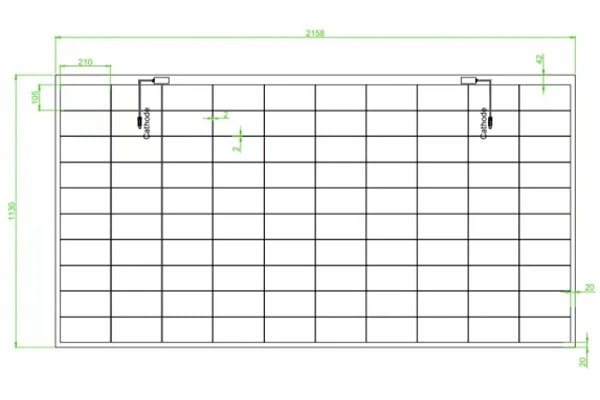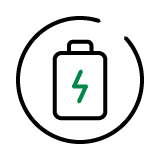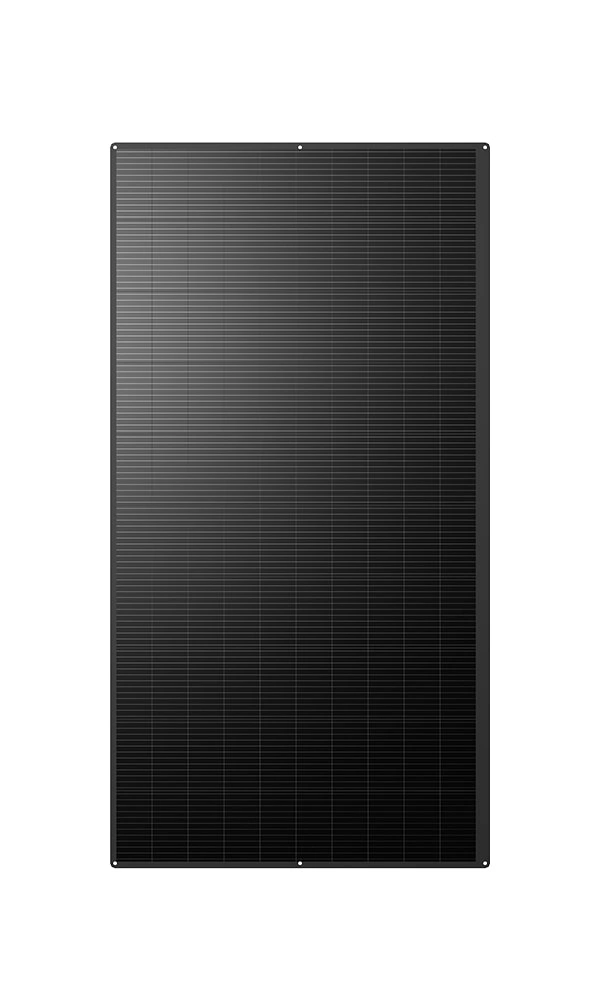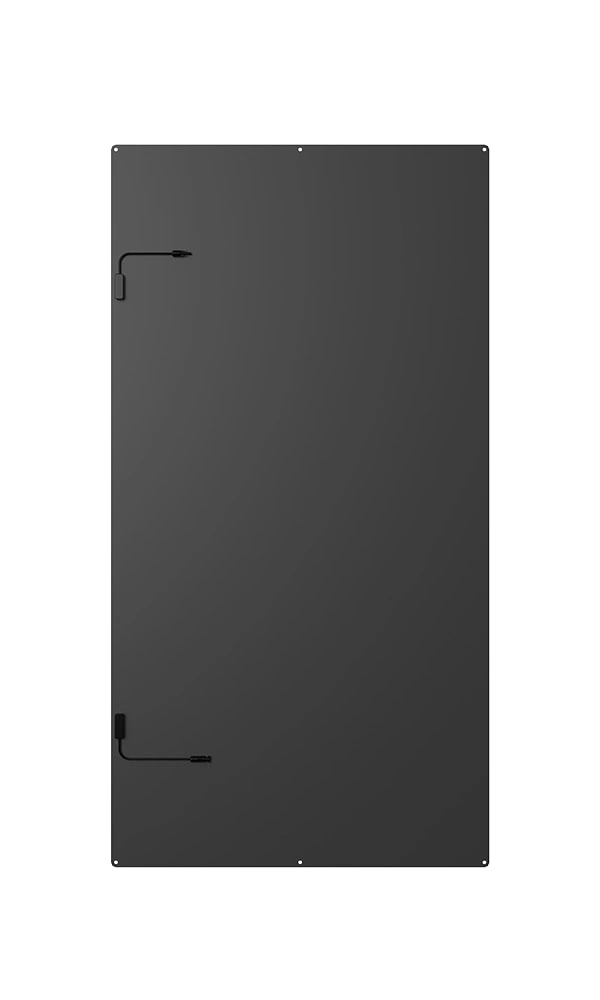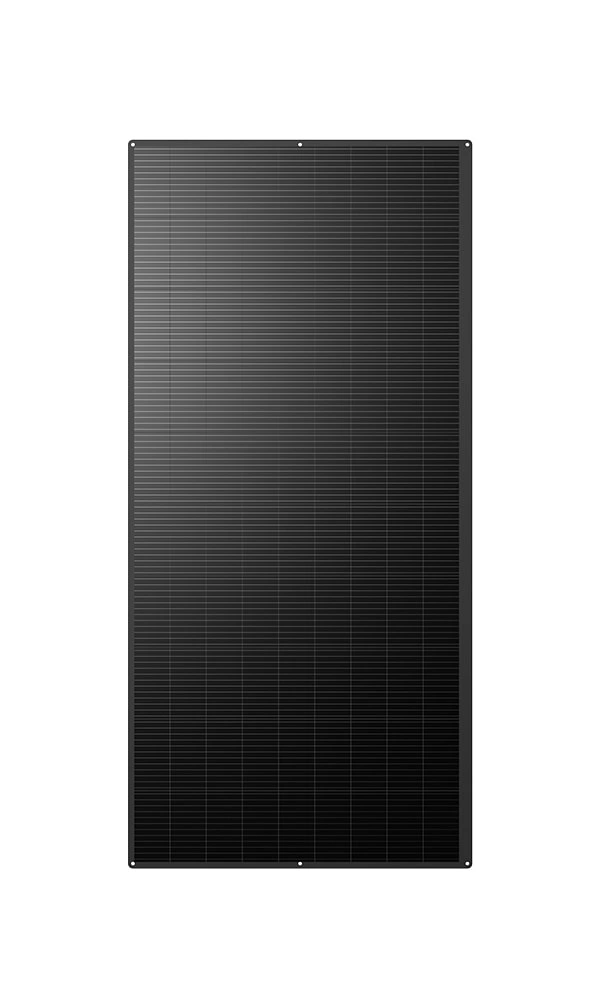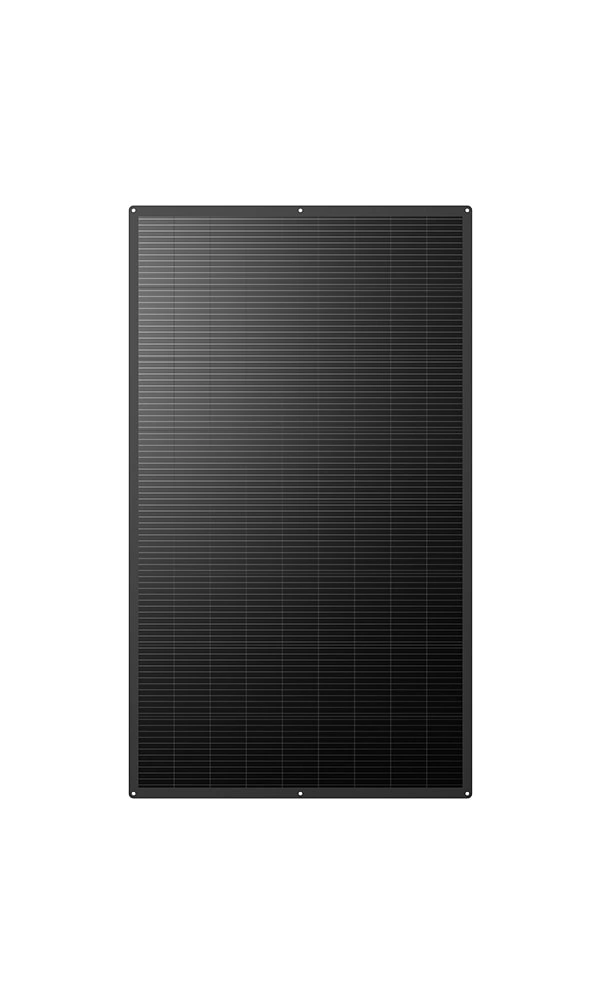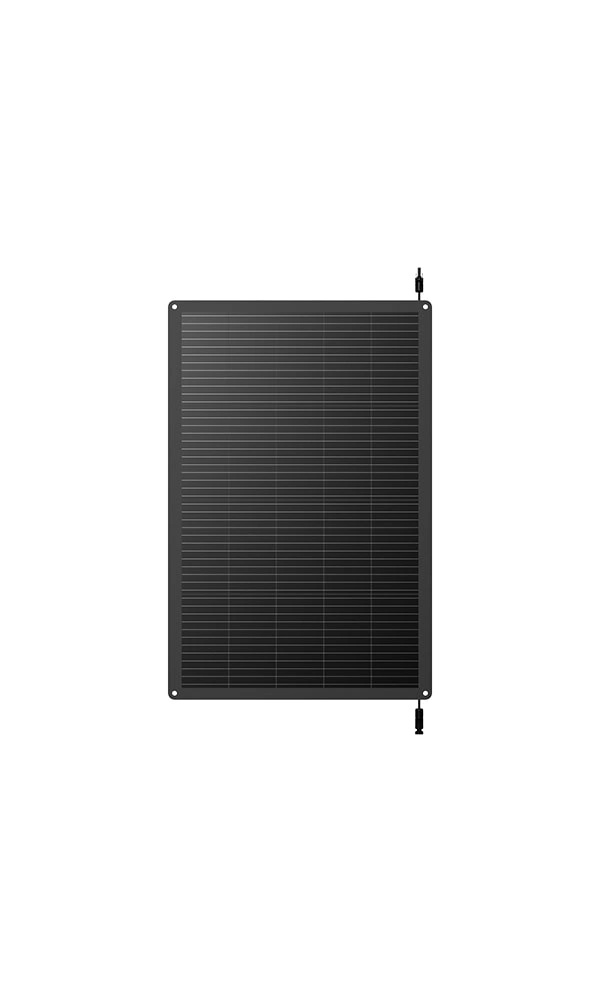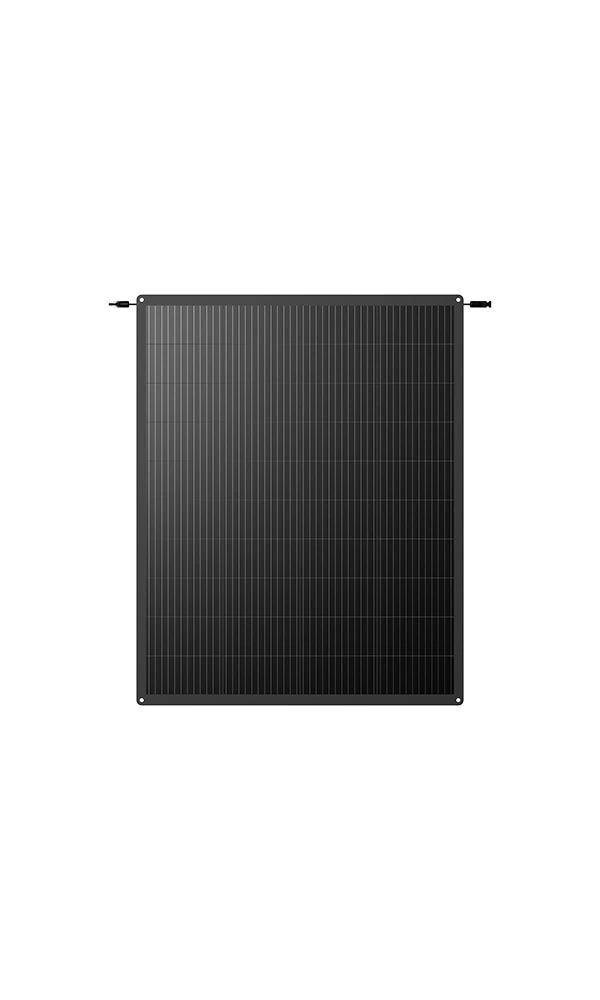| Design and Structure | Bendable (up to 30-40 degrees depending on model), thin (typically 2-3mm thick), and frameless for adaptability | Fixed and rigid, with aluminum frames and glass encapsulation (30-35mm thick) for structural integrity |
| Materials Used | ETFE (Ethylene Tetrafluoroethylene) top layer for UV resistance, monocrystalline silicon cells, polymer backing | Tempered glass front, aluminum frame, EVA (Ethylene Vinyl Acetate) encapsulant |
| Weight | Lightweight (1-3 kg/m²), reducing load on structures like RVs or tents | Heavier (10-20 kg/m²), requiring stronger mounting systems |
| Installation Flexibility | Can conform to curved/irregular surfaces; adhesive or screw mounting with minimal tools | Limited to flat surfaces; requires brackets, rails, and professional setup |
| Portability and Storage | Highly portable; rollable or foldable for easy transport and storage in compact spaces | Less portable; bulky and prone to breakage during movement |
| Aesthetics and Profile | Low-profile (seamless integration on curved roofs or vehicles) | Bulkier appearance; more visible on installations |
| Cost Implications | Higher initial material cost but lower installation expenses due to simplicity | Lower material cost but higher labor and mounting costs |
| Example Use Cases | Boats, camping tents, vehicle roofs | Rooftop solar farms, fixed residential arrays |
